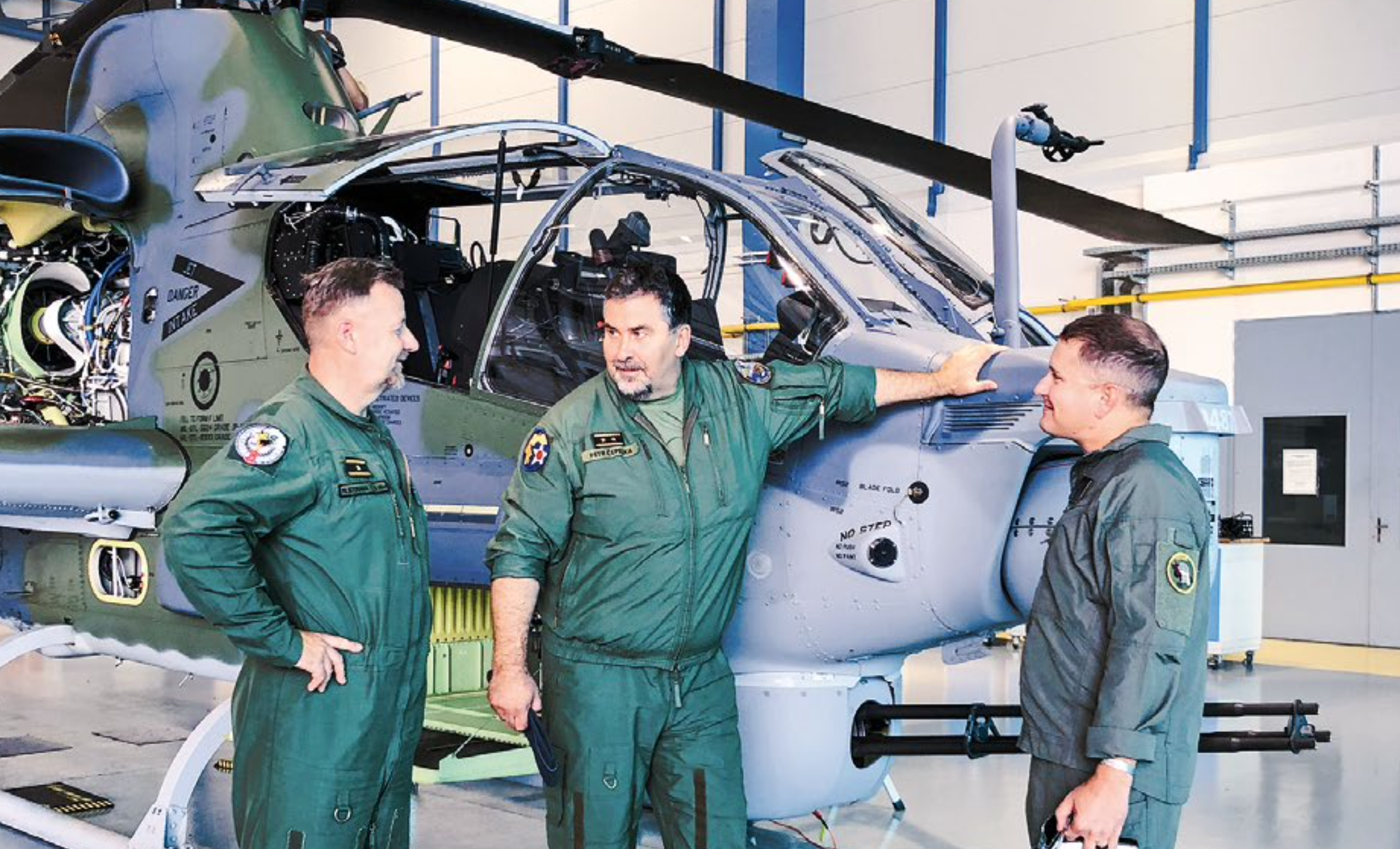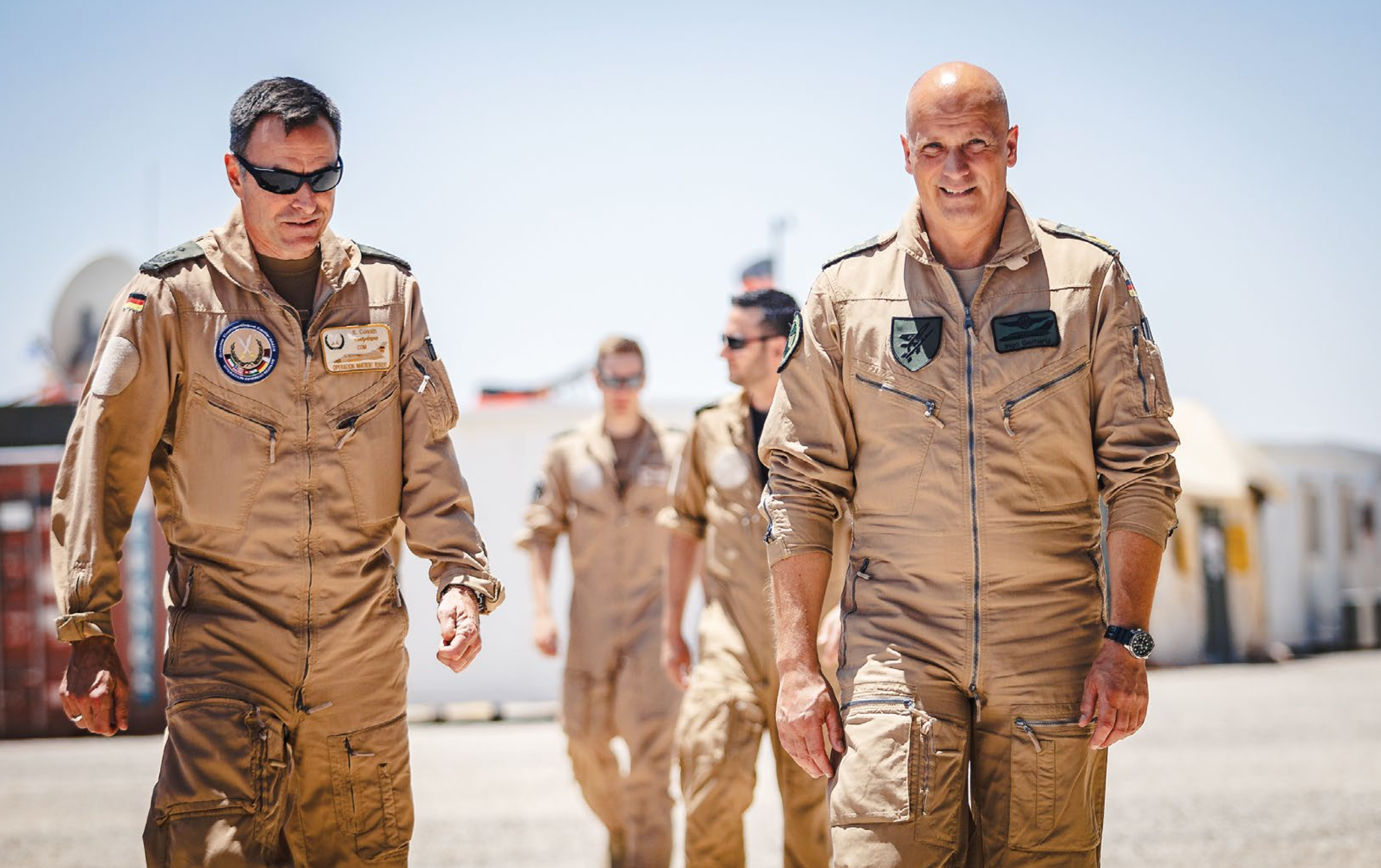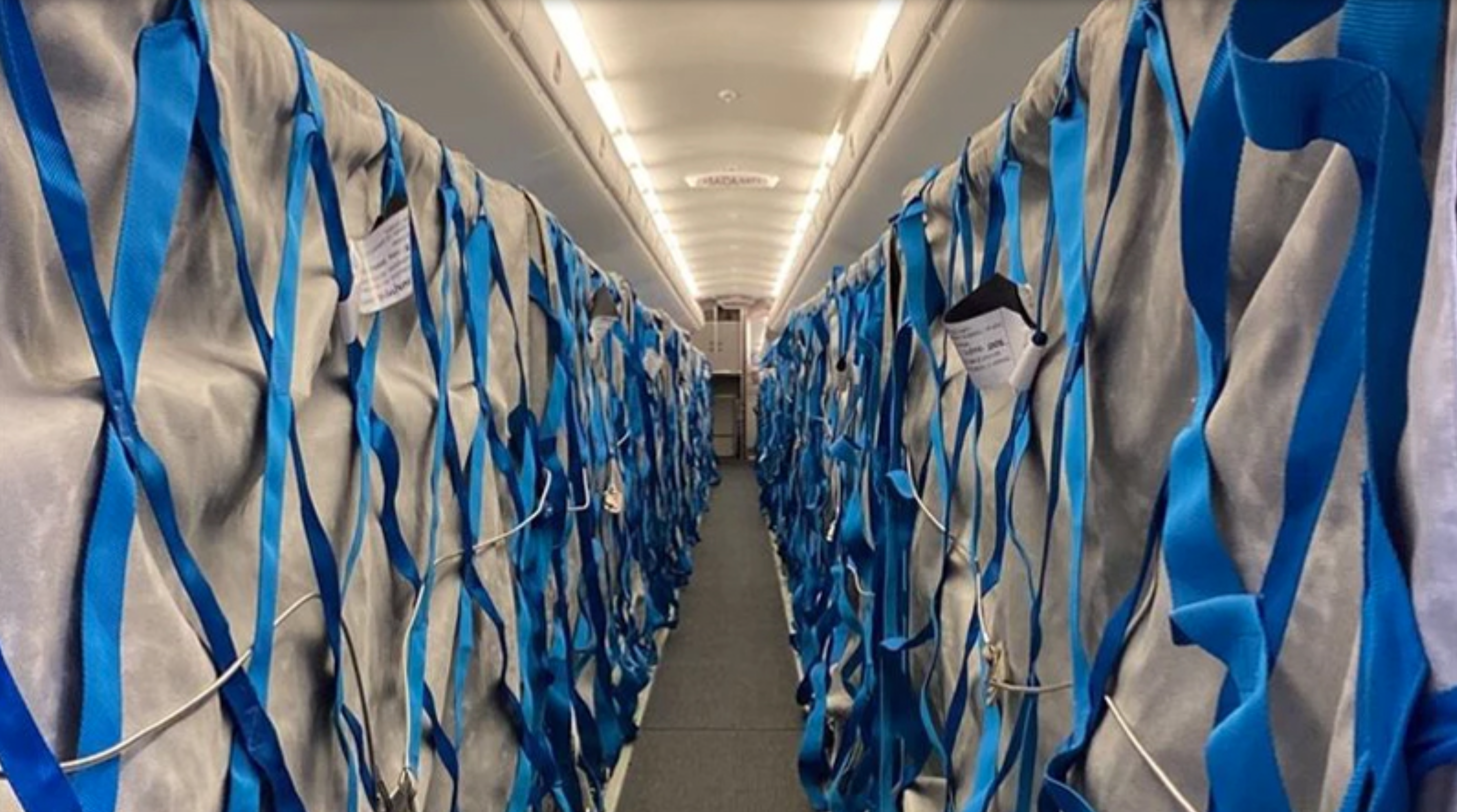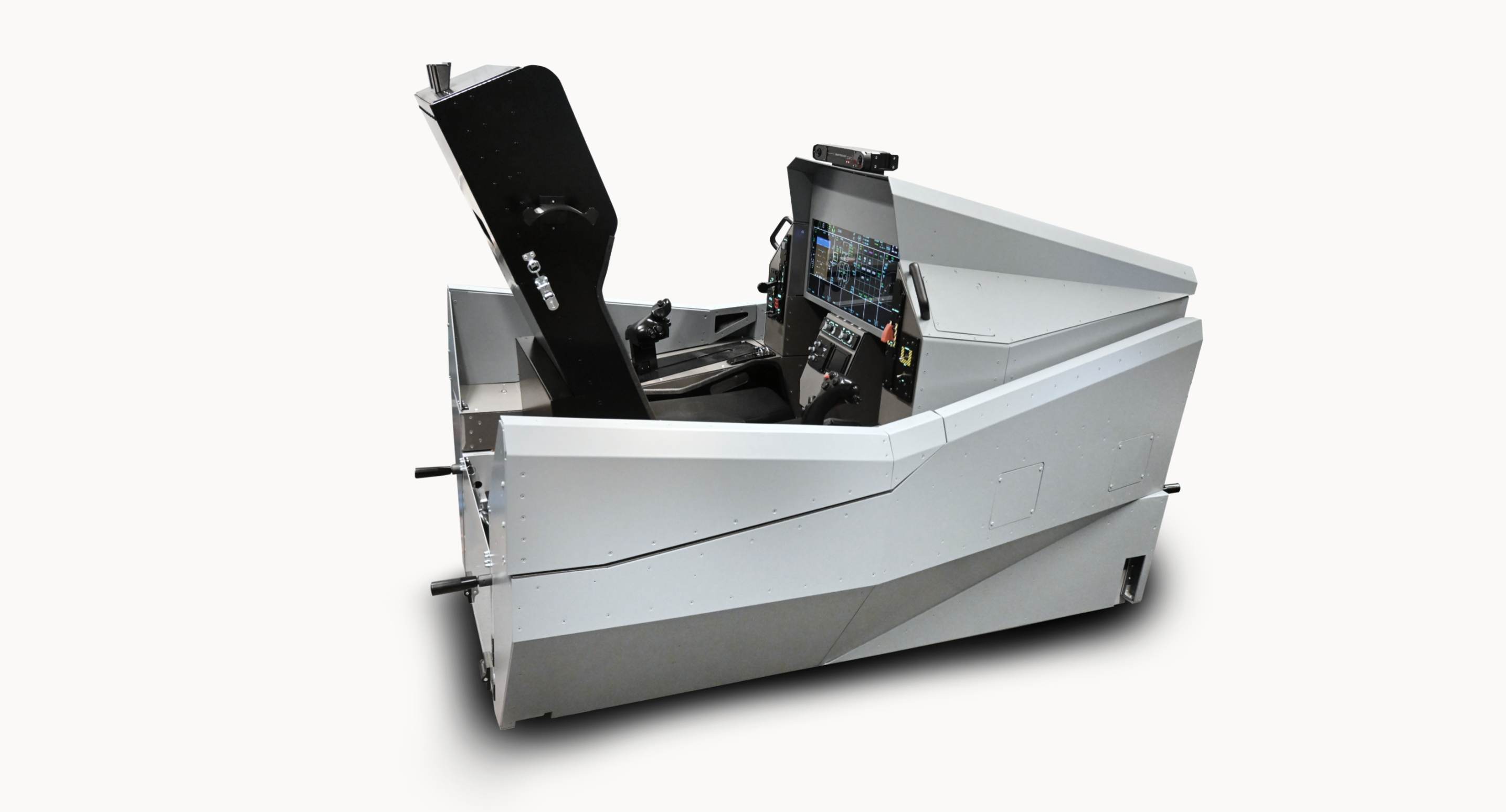One of the areas with a world-class footprint within the Czechoslovakian aviation industry is without a doubt recreational aviation. Although thousands of general aviation and other light aircraft were produced here by companies such as Let Kunovice and Moravan Otrokovice, or their successors, including ULL manufacturers, the largest number of registered planes by far is held by the L-39 Albatros and L-29 Delfin jet trainers. The civil registrations for these planes worldwide totalled an incredible 850 in the “hobby category” and they are certainly the most visible Czech ambassadors flying on all five continents.
Although the L-29 jet trainer was designed solely for the purpose of military jet training, it soon gained the attention of private owners. Its second life, occurring after a withdrawal from the frontline military service, was prompted by the fall of the Iron Curtain. In 1990, a company established by a former Czechoslovak GA pilot Miro Slovak, who by the way escaped in 1953 to the West when landing with the Czechoslovak Airlines DC-3 in Frankfurt instead of Brno, imported the very first L-29 to the USA. It was purchased directly from the monopoly arms dealer, an Omnipol Company. Mr. Slovak, a great Czechoslovak airplane enthusiast, saw a tremendous potential in the import of the reliable L-29 planes into the United States. And there was a logic behind his thoughts. Unlike many western jets used for the yet-to-boom jet hobby market, the L-29 was easy to fly with extremely high robustness and reliability coupled with easy maintenance. In order to increase the trust in the “commie” jet, Mr. Slovak was purchasing jets solely with the support of the OEM and with full-service support afterwards. The idea worked well and by 1995, about 50 L-29s were imported into the USA. A couple more were flown as private hobby jets in various European countries such as Italy and France. The L-29 gained attention, mostly due to its simplicity and very low cost. The reason for this was its sudden withdrawal from the service by majority of its users and a great availability of these good quality planes. As the US hobby market started to expand, the jets were purchased by various buyers, perhaps the most curious one being the ex-Indonesian Air Force Delfins, used originally for a decade as gate keepers. Even those were refurbished in the USA and found their way into the air. In other countries such as South Africa, an L-29-equipped jet team called Sasol Tigers even started to perform at air show demos of group aerobatics. Although one would have expected the L-29 to live its second life in countries other than its former operators, the opposite is true. A very significant number of L-29s were registered in Russia, Ukraine and the Baltics. With the collapse of DOOSAAF paramilitary aeroclubs structure, the L-29s were all withdrawn from use in the USSR in early 1990s, but the newly independent regional aeroclub kept many of them in service and used them for various pleasure activities. Even the former pilots of MiG-29-equipped Strizhi jet team operated a handful of L-29s and used them for group aerobatics after the end of their active military careers. Another L-29 jet team was founded in Ukraine and was flying till the Russian-Ukrainian crisis.
Delfin on steroids
With the growing number of Delfins, especially in the USA and Australia, several US companies started to provide the maintenance and modification of the plane, all under the benevolent approach of the FAA authority. Although the OEM ceased the maintenance support, the planes have undoubtedly proved to be reliable, with only a handful of fatal crashes. Only an absolute minimum of these crashes was caused by technical failures. The L-29 became extremely popular among the Reno Air Races teams. Since 2007, many L-29s were deployed in the races. Curiously enough, the original M701 engine was replaced by some teams by a much newer Rolls Royce Viper series engine. While the L-29 did not evolve as much during its production run, its engine did. The very first flying L-29 prototypes were powered by Viper engines, acquired under clandestine circumstances, until the domestic M701 type was available. As the Viper engine was later used by several planes, it has been continuously evolving. That is why, despite the 30-year difference, the Viper 540 and 601 engine series still fit into the L-29 airframe, with 16.68 kN value of static thrust instead of the original 9 kN (and 8.73 kN in case of M701). It comes as no surprise that the L-29 with new Viper engine exceeded the original model’s flight parameters. During the very first Reno Air Race training, the L-29 Viper reached the speed of 832 km/h, almost 300 km/h more than the max speed of the standard model. Unfortunately, during the race, the plane reached “only” 758 km/h and this figure was recorded instead. In 2009, another L-29 hit the 866 km/h speed (827 km/h in the race) setting a new speed record in its category. It is worth mentioning that the L-29 was consistently beating the much younger L-39s and all western jets in the race. Sadly enough, the authorities banned the L-29 Viper flights for safety reasons. Nevertheless, there are only five pilots in the 500 MPH (805 km/h) club, three of which fly the L-29. Speaking of the L-29 Delfin engine modifications, one should not forget the October 2007 L-29 Guinness Record holder called “Bio Jet I”. The L-29, although dozens of years out of production, became the very first biofuel powered flight. It is worth mentioning that the biofuel was produced from used fry oil and the flight was, despite all chemical cleaning and treatment, accompanied by a very specific fast food smell.
New kid on the block
L-29’s follower, the well-known L-39 Albatros, appealed to jet hobby enthusiasts even more. The shark-like, elegant plane with excellent flight handling conditions and austere runway operation capability immediately became the plane of choice for many western pilots looking for a “fast hobby jet”. Compared to the acquisition and operational cost of Alpha Jets, Hawks and other jet types, the L-39s had a much lower price tag and were therefore regularly imported to USA, Canada, Western Europe and Australia in large quantities. After the collapse of Soviet Union, about two hundred nearly new or freshly overhauled planes were immediately available in Ukraine, and the hobby pilots did not hesitate. Once again, the companies around Miro Slovak tried to set up a regular and strong tie to the OEM. With many other players importing the planes, however, the L-39 soon started to live its own life in the USA, which became the second largest operator of the L-39s in history. In total, over 350 Albtaroses were imported into the USA from CIS countries and nearly two hundred more were registered in the civilian register around the world.
The L-39 featured excellent handling conditions and speed brakes, making the jet perfect for group aerobatics. The very first group demos were performed by the OEM Aerotrio team, the only OEM jet team of its kind. Later in 1987, which marked the 70th anniversary of the 1917 October revolution, the DOSAAF jet team called Russ performed the very first show with L-39s. Although the group was removed from the armed structures after the DOSAAF collapse, it has been working on a private base ever since and became one of the most visible jet teams of early 1990s. Around the end of millennium, first US and European jet teams started to explore the L-39. Yes, there were some annoying features such as stick grip braking (instead of toe braking introduced on western jets), short leg capability and almost no boosting requiring a lot of physical force. On the other hand, the spin-resistant plane was capable of some amazing show pieces including a tail slide, a manoeuvre prohibited on many other competitive jet planes. While the very first Canadian Northern Lights jet team ended its career prematurely due to a fatal accident, their followers kept on flying these planes. Groups such as Hoppers Jet Team and Patriots Jet Team, who flew the Albatros, made way for others such as Black Diamond Jet Team or Red Steel Jet Team. It was no surprise, that the Patriots Jet Team, considered a very visible entity promoting US aviation, was flying L-39s as the standard jet trainer throughout the Warsaw Pact. The plane did well in its new role and was highly sought after by more and more individuals. In the USA, the only country after Czechoslovakia, all L-39/59/139 variants were operated.
On the European scene, the private L-39 boom started after the Khalifa Jet Team chose it as its flagship instead of Pilatus PC-7. Shortly thereafter, the team changed its main sponsor, and started to operate the L-39s under the Brelitling Jet Team brand. The team visited 39 countries and performed at 1,050 air shows, becoming the most visible ambassador of the Czech aviation industry! Asian and American tours were nothing short of phenomenal, with no comparison to any other civilian team and only a few military groups who achieved a similar result. Later, in 2008, another European team called Baltic Bees started to perform the L-39 at shows, and later Art on Air and Sparflex small teams joined the club. The L-39 can proudly wear the title “the most widely used demo jet”.
Performance
The L-39s followed the way of the L-29 and were also locally modified. Unlike the L-29, almost all of them still fly with the original AI-25TL engines as no other engine would fit. The attempts to integrate the Garret TFE731 (used on the solo L-139 prototype) into the L-39 failed due to technical difficulties, so only extra features such as water injection etc. were introduced. This is one of the reasons why the L-39s were frequently losing to L-29s during Reno Air Races. Another typical modification of the L-39 was the removal of wing tip tanks and their replacement by winglets and obviously avionics modification. Nevertheless, the scope of those upgrades never even compared to those performed on L-29s. As with any hobby jet, one can find various hobby modifications that purely serve the purpose of joy. Starting with in-flight entertainment system with live stream video from cameras on the fuselage, through smoke generating system, up to comfortable leather coated seats (as majority of the original ejection seats were disabled).
The flight stability of the Albatros led to its usage for a very interesting role, namely one in the movie industry. The camera jets, later referred to by one of the providers as “Cine jet”, were used as chasing jets for many maiden flights of various planes, beginning with the giant soviet Antonov An-124 cargo plane up to the latest Bell V-280 tiltrotor aircraft. Many movie shots were taken from the camera on board of L-39, including latest and very much expected ‘Top Gun: Maverick’. The plane itself even starred in the Bond movie ‘Tomorrow Never Dies’. The iconic character of this plane is demonstrated by the fact that it was featured on postage stamps of many countries, some of which did not even operate the plane.
In summary
The L-29 and L-39 planes became true legends of the Czechoslovakian aviation industry, having an incredible impact long after they served their original purpose. After the USSR, who purchased thousands of both models, private hobby owners are the second largest group of operators and are larger than any other country. There is no other military plane, certainly not a jet, that has had such a vibrant life after withdrawal from service. There is no better proof of both planes’ qualities than their continuous operation, expected to last for several more decades.Text: Jakub Fojtík, Ph.D., LL.M.Photo: Baltic Bees Jet Team










